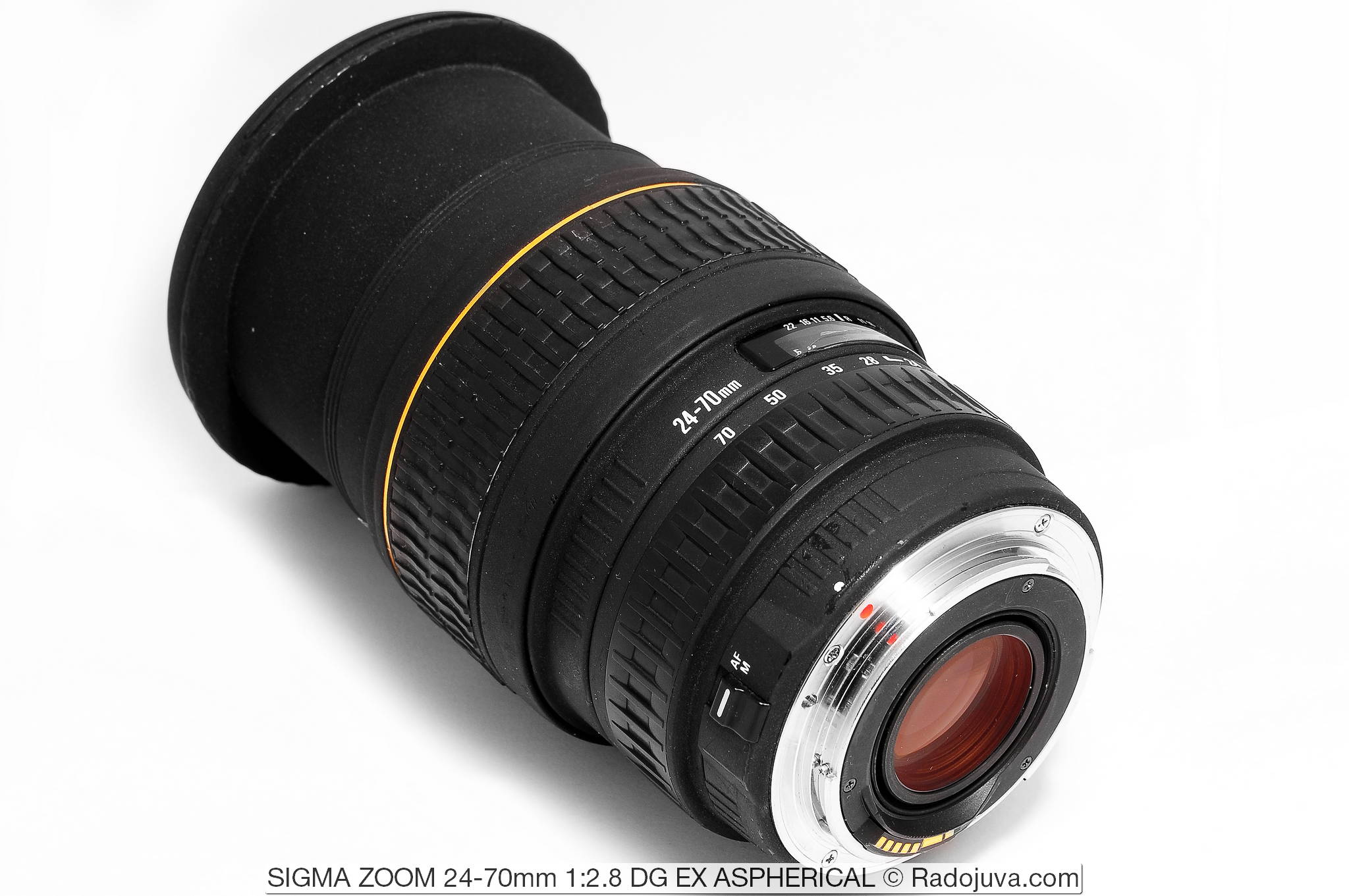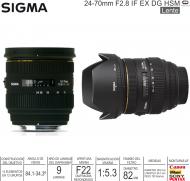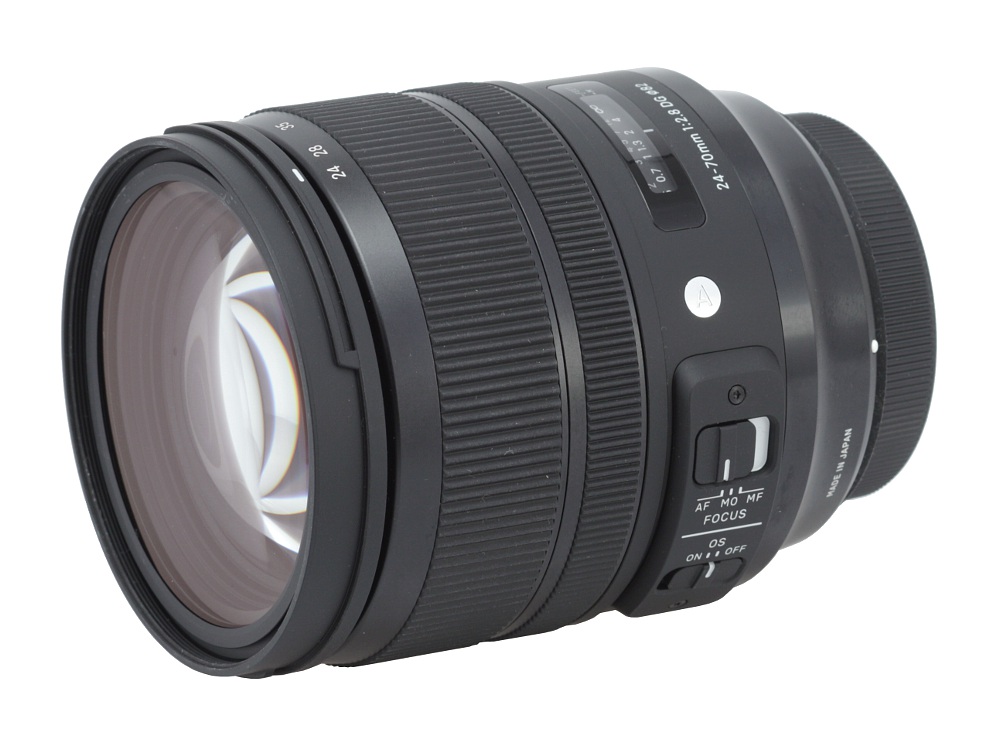

Equipment: Canon: 5D markII, 17-40mm Aurora and the Pleiades by Neil Levesley, Caithness, UK. Equipment: Canon EOS 450D Flaming Tree by Marketa S Murray, Fairbanks, Alaska.

Equipment: Canon EOS 450D Aurora by Tony Pedley, Alta, Norway. Equipment: Canon EOS 1000D, EFS 18-55mm lens, tripod. Northern Lights at Sea by Geoff Glasgow, Alta, Norway. Equipment: Canon 350D, 14mm F2.8 Canon USM. Polar Fox Aurora Borealis by Bas van Beek, Abisko National Park, Sweden. Colorful Aurora Borealis and Milky Way by Bas van Beek, Abisko National Park, Sweden. Equipment: Canon EOS 600D, Samyang 14mm lens. Aurora Panorama by William Hughes, Doncaster, UK. Equipment: Canon EOS 450D, EF 10-22mm lens Icelandic Aurora by Pete Charles, Hella, Iceland. Equipment: Canon 60D, 28mm lens Aurora over Finland by Antony Pedley, Inari, Finland. Aurora over the Solway Firth from Whitehaven Cumbria by Adrian Strand, Whitehaven Cumbria. Equipment: Nikon D5100, 18-55mm lens Auroral Arc over the Solway Firth Cumbria by Adrian Strand, Whitehaven Cumbria. Aurora over the Solway Firth Whitehaven Cumbria by Adrian Strand, Whitehaven Cumbria. Equipment: Nikon D40 with 18-55 lens Northern Lights by Trevor Nurse, Iceland. Equipment: Nikon D40 Samyang 14mm lens Aurora over Tromsø by James Daniels, Tromsø, Norway. Aurora over Hotel Ranga by James Daniels, Iceland. Equipment: Canon 7D, Nikon lens 14-24mm F 2.8, Tripod. Aurora at North Inari by Premjith Narayanan, Laplands, Finland. Equipment: Canon EOS 550D Aurora over Illulisaat by Antony Pedley, Western Greenland. Aurora Over Iceland by Stuart Woodall, Hali, Iceland. Equipment: Canon 1000D with 18-55mm kit lens 6 Hours of unexpected Aurora by Neil Billingham, Kakslauttanen Glass Igloo Village, Finland. Aurora Borealis over Wick by Maciej Winiarczyk, Wick, Scotland. Equipment: Pentax K-x, 18mm F~3.5, Tripod mount. Aurora Australis by Paul Albers, Flinders, Victoria, Australia. Nikkor 18-200mm lens, set to 18mm focal length. Northern Lights over Iceland by Tom Howard, Borgarnes, Iceland.
#SIGMA 24 70 2.8 IF EX DG ISO#
Equipment: Pentax *ist DS, 20 second exposure at f3.5 and ISO 400. Northern Lights in Iceland by Michael Jones, Devon, UK. Equipment: Tripod mounted Olympus E420 DSLR.

Aurora over Thurso Castle by Gordon Mackie, Thurso, Caithness, UK.

You can also share them with us via Facebook, Twitter and Instagram. If you do manage to capture a beautiful picture of the Northern Lights, don't forget to send us your images.
#SIGMA 24 70 2.8 IF EX DG HOW TO#
Nitrogen also emits turquoise-green and hydrogen gives out a pink-hued crimson.īelow is a selection of pictures of the aurora borealis captured by astrophotographers and readers of BBC Sky at Night Magazine.įor more on the Northern Lights, read our guide to the science of the aurora and our tutorial on how to photograph the aurora. Equipment: Canon EOS 450D, EF 10-22mm lensīlue, violet and pink colours are released by nitrogen molecules. Aurora over Finland by Antony Pedley, Inari, Finland. Oxygen does have another excited state in which it can release a red hue, but this occurs much higher up at altitudes of about 200-250km. Most commonly, the aurora appears green, a colour given off by oxygen at altitudes 100-150km above Earth. The intensity of the solar wind and the stability of Earth's magnetic field both play a part in the strength and motion of the aurora borealis, or Northern Lights.Īuroral displays can vary significantly in shape and colour. Equipment: Canon Eos 7d, Tokina 11-16mm f2.8 lens What causes different shapes and colours in the aurora? Northern Lights in Iceland by John Wheeldon, Myvatn, North East Iceland. The aurora borealis is mostly seen in far northern climes, but it is possible to see the aurora from the UK given the right conditions: particularly in the north of Scotland.įor alerts as to when an auroral display could be imminent, follow Aurora Watch. The aurora is produced by a stream of charged particles emanating from the Sun - known as the solar wind - hitting Earth's atmosphere, where it strikes gas atoms and molecules - mostly oxygen and nitrogen - ionising them and producing a spectacular natural light show. The aurora borealis, or the 'Northern Lights', is one of the most fabulous natural phenomena that can be seen on Earth: green, purple and pink wisps filling the sky creating an ethereal glow that really has to be seen to be fully appreciated.


 0 kommentar(er)
0 kommentar(er)
